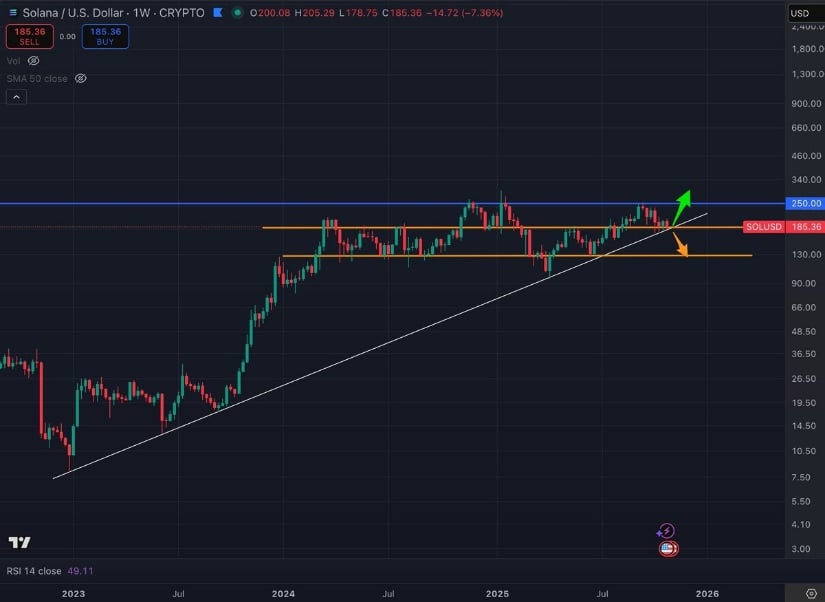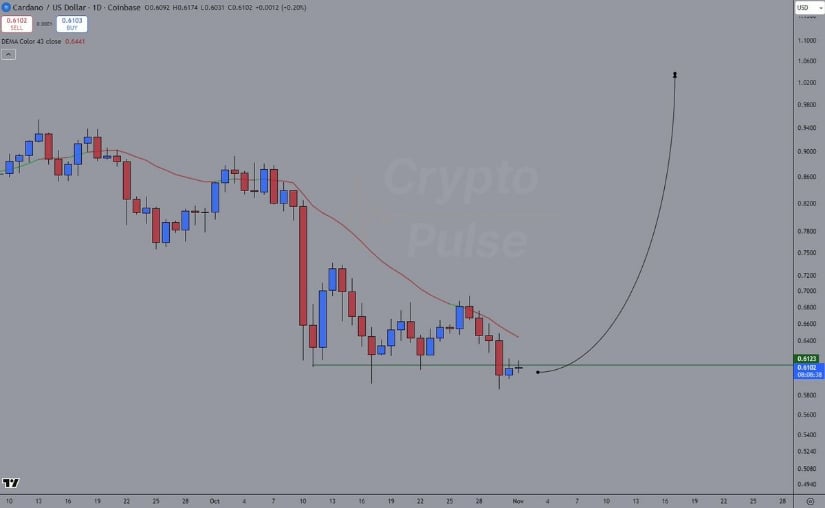Category: Forex News, News
Japanese Yen Forecast: Intervention Risks Rise as Dollar Firms
However, rising import prices may pressure the BoJ to raise rates despite concerns over US tariffs potentially weighing on wages and household disposable incomes. It could pose a dual challenge for the BoJ if import prices soar and wage growth slows further as producers grapple with tariff-induced margin squeezes.
Wage Growth and Intervention Risks
Crucially, a weaker yen exposes USD/JPY to intervention threats and BoJ rhetoric. Given Prime Minister Takaichi’s stance on monetary policy, the BoJ may need stronger justification to hike rates in December.
Wage growth figures due out on Thursday, November 6, will likely face intense scrutiny. A rebound in average cash earnings could boost bets on a December BoJ rate hike, driving demand for the yen. On the other hand, softer wage growth could signal a more dovish BoJ rate path, driving USD/JPY higher.
While officials have not indicated a specific intervention threshold for USD/JPY, the 155-160 range could trigger Japanese government move. The BoJ may be hard-pressed to signal a rate hike if wage growth slows.
BoJ Governor Kazuo Ueda left a December rate hike on the table last week, despite uncertainty about the economy, stating:
“I’m not saying that we need to wait until the final outcome of next year’s wage talks becomes available. We want to gather a bit more data on the initial momentum of the talks.”
The BoJ Governor stated that policymakers need more data on whether companies will continue to increase wages despite margin pressures from tariffs. Given the dynamics, signals of higher wages, and a resilient economy, could greenlight a BoJ hike, supporting a more bearish outlook for USD/JPY.
ISM Manufacturing PMI, Fed Speakers, and Capitol Hill in Focus
While traders consider the BoJ’s monetary policy outlook and intervention threats, US manufacturing PMI data will influence USD/JPY later on Monday.
Economists forecast the ISM Manufacturing PMI to rise from 49.1 in September to 49.2 in October. A sharper increase in the headline PMI could ease stagflation risks, sending USD/JPY toward 155. However, traders should consider employment and price trends.
A sharper contraction in the Employment PMI and a higher Prices PMI reading may raise risks of stagflation, pushing USD/JPY toward 153. Rising prices could dampen bets on Fed rate cuts despite a weakening US labor market.
Written by : Editorial team of BIPNs
Main team of content of bipns.com. Any type of content should be approved by us.
Share this article:










